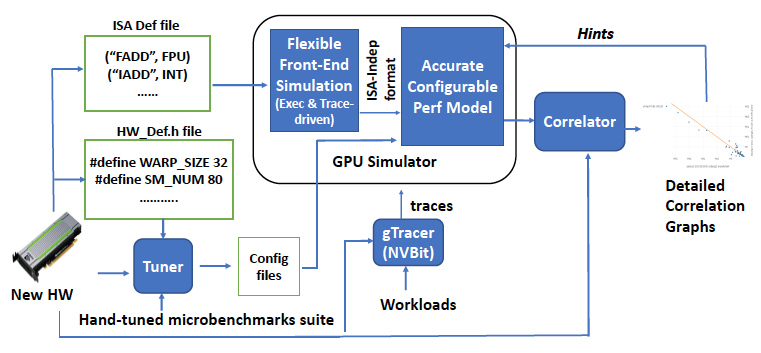

"Our authors and readers have been asking for this for a long time," Tom Doherty, president and publisher of Tor Books, said in a statement. The Macmillan-owned company also publishes titles under Forge, Orb, Starscape, and Tor Teen.īoing Boing, for one, expects that Tor's plan to drop digital-rights management tools might start a wave of other companies following suit, eventually leading to a world where e-book DRM no longer exists.Īmong Tor Books' most well-known titles are "The Wheel of Time" series by Robert Jordan, and the Ender saga by Orson Scott Card. The shift will most likely appear seamless to consumers, as an official blog post on the Tor Web site mentions that DRM-free titles will sell at the same retailers that currently sell Tor's books, and will additionally appear on DRM-free-only e-book stores. Recent advances in the role of AA signaling on TORC1 activation have revealed key components, including the Rag GTPases, protein kinases, nutrient transporters, and the intracellular trafficking machinery, in relaying AA signals to TORC1 activation.Science-fiction/fantasy publishing company Tor Books dropped a big bomb on the e-book world today by announcing plans to abolish DRM on its entire collection of e-books in early July.

The mechanisms of growth factors and cellular energy status in activating TORC1 have been well elucidated, whereas the molecular basis of AA signaling is just emerging. Among them, amino acids (AA) not only potently activate TORC1 but are also required for TORC1 activation by other stimuli, such as growth factors. A wide range of signals, including nutrients, energy levels, and growth factors, are known to control TORC1 activity.

TORC1 promotes cell growth and cell size by stimulating protein synthesis. TOR forms two distinct structural and functional complexes, TORC1 and TORC2. Uncontrolled TOR activation is commonly observed in human cancers. The target of rapamycin (TOR) is a central cell growth regulator conserved from yeast to mammals.


 0 kommentar(er)
0 kommentar(er)
